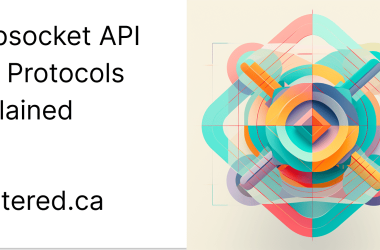👋 Hey devs!
APIs run the world of modern apps — and Postman is the ultimate tool to test, debug, and automate them with ease.
✅ 1. Organize with Collections
✔ Group related requests (auth, users, payments) into collections.
✔ Share with your team to keep testing consistent.
💡 Pro Tip: Use folders + environment variables for clean structure.
✅ 2. Use Environments for Flexibility
✔ Create environments for Dev, Staging, and Production.
✔ Store base URLs, tokens, and keys as variables.
📌 Example:
{{base_url}}/users instead of hardcoding.
✅ 3. Automate Tests with Scripts
✔ Write JS snippets under the Tests tab to validate responses.
📌 Example:
pm.test("Status is 200", () => {
pm.response.to.have.status(200);
});
✔ Automate checks like response time, headers, and JSON fields.
✅ 4. Chain Requests Together
✔ Extract tokens from a login request and reuse them in subsequent requests.
✔ Pass dynamic values (IDs, tokens) across requests.
💡 This makes end-to-end API flows super smooth.
✅ 5. Run Collections with Newman (CLI)
✔ Automate API tests in CI/CD pipelines.
✔ Run collections directly from the command line.
📌 Example:
newman run my-collection.json -e dev-environment.json
✅ 6. Monitor & Schedule Tests
✔ Use Postman monitors to run tests on a schedule.
✔ Get alerts if an API is down or returns errors.
🚀 Wrap-Up
Postman isn’t just a tool for “testing endpoints” — it’s a full-blown API development & collaboration platform.
✔ Organize requests
✔ Automate tests
✔ Integrate into CI/CD
✔ Monitor in production
Do you use Postman just for quick checks, or have you automated your API workflows with it? 👇





